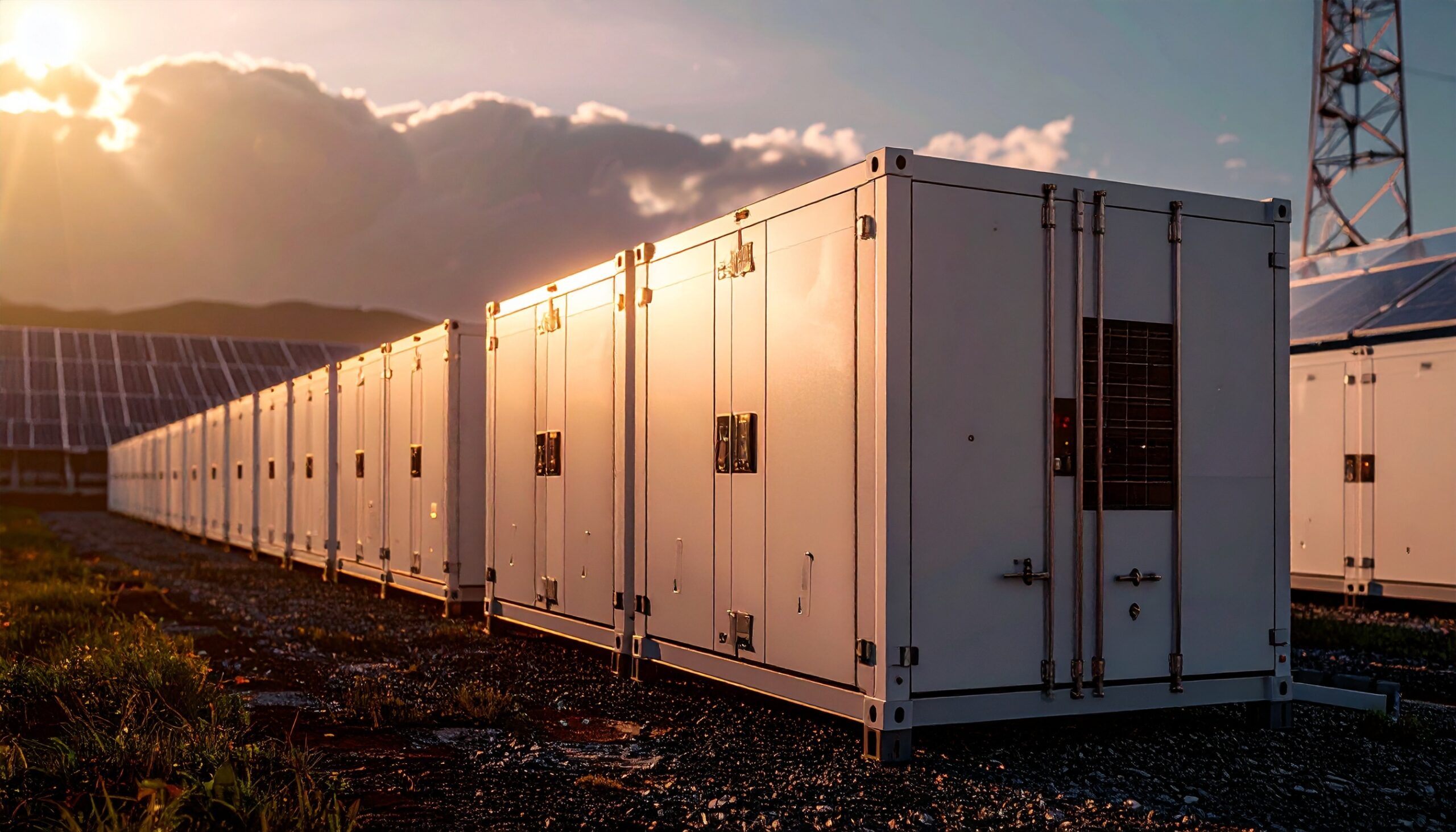The Foundation Beneath Every Neighborhood
When people think about building a neighborhood, they often picture homes, streets, and maybe a park or two. What’s less visible—but just as critical—is the utility infrastructure that makes modern living possible. As a licensed Utility Engineer and Utility Manager with decades in construction and development, I can tell you that good utility management is the backbone of sustainable neighborhoods. Without it, even the most beautiful homes and green spaces won’t function properly or stand the test of time.
In this blog, I want to share how utility management is more than pipes and wires. It’s about engineering communities that are resilient, efficient, and designed for long-term sustainability.
What Is Utility Management?
Utility management involves overseeing the essential services that keep a neighborhood running: water supply, sewage treatment, electricity, stormwater drainage, and sometimes gas or telecommunications. It’s the system behind the scenes that provides clean water, safely removes waste, manages runoff, and ensures reliable energy.
Proper utility management means planning, designing, installing, and maintaining these systems so they work seamlessly, comply with regulations, and serve the community’s needs now and in the future.
Why Utility Management Matters for Sustainability
Sustainability is about meeting today’s needs without compromising the ability of future generations to meet theirs. Well-managed utilities are at the core of this principle. Here’s why:
- Water Efficiency: Effective water treatment and distribution systems reduce waste and protect local water sources. This ensures residents have access to clean water without depleting natural reserves.
- Waste Management: Proper sewage and stormwater systems prevent contamination of soil and waterways, preserving local ecosystems and public health.
- Energy Conservation: Smart utility design can integrate energy-efficient technologies, lowering carbon footprints and utility costs for residents.
By focusing on these elements during development, we create neighborhoods that not only function well but also minimize environmental impact.
Lessons from My Experience: Engineering Utilities with Care
Throughout my career, I’ve held licenses in utility engineering, utility management, and water treatment. This technical background has been essential in all my projects—from mobile home parks to apartment complexes and housing developments.
I learned early on that utility systems can’t be an afterthought. Poorly planned utilities lead to costly repairs, health risks, and unhappy residents. I’ve always insisted on careful design and regular maintenance as non-negotiables. Investing in quality utility infrastructure upfront saves money, time, and headaches down the line.
For example, incorporating green infrastructure like permeable pavements and retention ponds helps manage stormwater naturally, reducing flooding risks and protecting nearby rivers and lakes. These solutions are practical and sustainable.
Integrating Utilities with Community Design
Utility management isn’t just about engineering; it’s about integration. The best neighborhoods balance technical needs with livability. When utility systems are designed with community in mind, they become invisible enablers of a good quality of life rather than burdensome eyesores.
This means routing pipes and lines to minimize disruption, landscaping around utility sites to blend with the environment, and using smart meters and sensors to provide residents and managers with real-time data. Technology today allows us to monitor water usage, detect leaks early, and manage energy demand efficiently.
By integrating utilities thoughtfully, we support not only sustainability but also resident satisfaction.
Utility Management and Public Health
Clean water and effective waste removal are fundamental to public health. In my early days working with Krebs Engineering, I witnessed communities struggle when utilities were inadequate. Disease outbreaks, water shortages, and poor sanitation became serious problems.
Today, I’m proud that the developments I’ve been involved in maintain high standards of utility management that protect residents. It’s a critical responsibility developers and managers must never neglect.
Incorporating modern water treatment systems and ensuring proper sewer infrastructure isn’t just good engineering—it’s a commitment to people’s well-being.
The Future of Utility Management: Innovation and Sustainability
As we look ahead, utility management will continue to evolve with new technologies and environmental challenges. Smart grids, renewable energy integration, and water recycling systems are already changing how we build sustainable neighborhoods.
Developers who stay informed and embrace innovation can create communities that are resilient against climate change and resource scarcity. This proactive approach safeguards property values and enhances quality of life.
Advice to Fellow Developers and Builders
For those starting out or looking to improve their developments, here are a few key tips:
- Plan Early: Involve utility engineers from the start of any project. Early planning avoids costly redesigns and compliance issues.
- Prioritize Quality: Invest in durable materials and proven technologies. Cutting corners on utilities is a false economy.
- Engage Experts: Utility management is specialized. Work with licensed professionals who understand regulations and best practices.
- Think Sustainability: Incorporate green infrastructure and energy-efficient designs to future-proof your projects.
- Maintain Regularly: Utilities need ongoing attention. Establish maintenance schedules to catch issues before they become emergencies.
Building Communities That Last
Good utility management might not be the most glamorous part of development, but it is unquestionably one of the most important. It lays the foundation for sustainable, healthy, and resilient neighborhoods where families can thrive for generations.
As a developer and utility professional, I’m passionate about engineering communities with care, foresight, and respect for the environment. When we manage utilities wisely, we’re doing more than installing pipes and wires—we’re creating neighborhoods that work smoothly today and endure tomorrow.
Invest in your utilities as seriously as you do your buildings, because behind every strong community is a well-engineered system supporting it.
